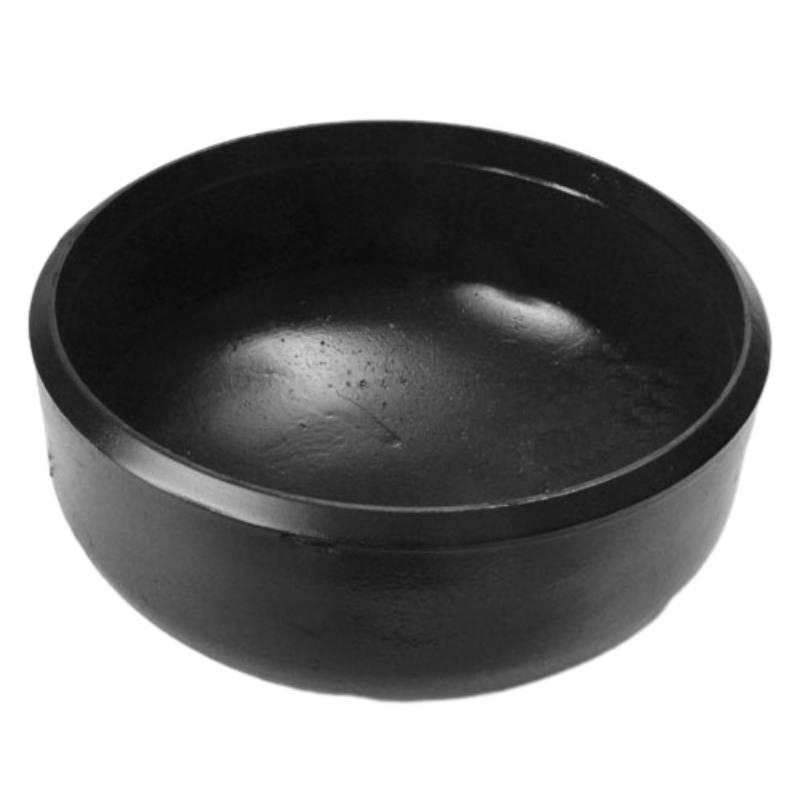-
Cangzhou Yulong Steel Co., Ltd.
-
Phone:
+86 13303177267 -
Email:
admin@ylsteelfittings.com
- English
- Arabic
- Italian
- Spanish
- Portuguese
- German
- kazakh
- Persian
- Greek
- French
- Russian
- Polish
- Thai
- Indonesian
- Vietnamese
- Zulu
- Korean
- Uzbek
- Hindi
- Serbian
- Malay
- Ukrainian
- Gujarati
- Haitian Creole
- hausa
- hawaiian
- Hebrew
- Miao
- Hungarian
- Icelandic
- igbo
- irish
- Japanese
- Javanese
- Kannada
- Khmer
- Rwandese
- Afrikaans
- Albanian
- Amharic
- Armenian
- Azerbaijani
- Basque
- Belarusian
- Bengali
- Bosnian
- Bulgarian
- Catalan
- Cebuano
- China
- China (Taiwan)
- Corsican
- Croatian
- Czech
- Danish
- Esperanto
- Estonian
- Finnish
- Frisian
- Galician
- Georgian
- Kurdish
- Kyrgyz
- Lao
- Latin
- Latvian
- Lithuanian
- Luxembourgish
- Macedonian
- Malgashi
- Malayalam
- Maltese
- Maori
- Marathi
- Mongolian
- Myanmar
- Nepali
- Norwegian
- Norwegian
- Occitan
- Pashto
- Dutch
- Punjabi
- Romanian
- Samoan
- Scottish Gaelic
- Sesotho
- Shona
- Sindhi
- Sinhala
- Slovak
- Slovenian
- Somali
- Sundanese
- Swahili
- Swedish
- Tagalog
- Tajik
- Tamil
- Tatar
- Telugu
- Turkish
- Turkmen
- Urdu
- Uighur
- Welsh
- Bantu
- Yiddish
- Yoruba

Dec . 11, 2024 08:42 Back to list
flange ansi 150 lb
Understanding ANSI 150 lb Flanges A Comprehensive Guide
Flanges are crucial components in piping systems, providing a means of joining two sections of pipe or connecting pipe to other components. Among the various flange specifications, ANSI (American National Standards Institute) 150 lb flanges are widely used across various industries due to their reliability and standardized dimensions.
What is an ANSI 150 lb Flange?
ANSI 150 lb flanges are flanges designed to meet the ANSI/ASME B16.5 standard, which specifies the dimensions, tolerances, and markings for flanges. The 150 lb designation refers to the flange's pressure class, indicating that it can safely handle a service pressure of up to 150 psi (pounds per square inch) at a temperature of approximately 100°F (38°C). As the temperature increases, the maximum pressure rating decreases, which is an essential consideration when selecting flanges for specific applications.
Key Features of ANSI 150 lb Flanges
1. Standardized Dimensions One of the significant benefits of ANSI 150 lb flanges is their standardized sizes, which range from 1/2 inch to 24 inches in diameter. This standardization ensures compatibility between different piping components, facilitating easier assembly and maintenance.
2. Material Options ANSI 150 lb flanges are available in various materials, including carbon steel, stainless steel, and alloy steel. The choice of material depends on factors such as the fluid being transported, temperature, pressure, and the potential for corrosion. For example, stainless steel flanges are preferred in corrosive environments due to their excellent resistance.
3. Face Types The surface of ANSI 150 lb flanges can vary, with common face types including raised face (RF), flat face (FF), and ring-type joint (RTJ). Each face type is suitable for different applications and sealing requirements, allowing engineers to select the most appropriate option based on their needs.
4. Bolt Hole Patterns ANSI 150 lb flanges feature standardized bolt hole patterns that ensure proper alignment and secure bolting. The number and size of bolt holes are determined by the flange diameter and type, ensuring a robust connection between flanges and mating components.
Applications of ANSI 150 lb Flanges
ANSI 150 lb flanges are prevalent in various industries, including
- Oil and Gas These flanges are commonly used in oil and gas pipelines, where reliability and safety are paramount.
flange ansi 150 lb

- Water Treatment In water treatment facilities, ANSI 150 lb flanges are often utilized in the construction of piping systems that transport water and wastewater.
- Chemical Processing Industries that handle chemicals rely on these flanges for their durability and resistance to corrosion, ensuring the safe transport of hazardous materials.
- HVAC Systems In heating, ventilation, and air conditioning systems, ANSI 150 lb flanges are frequently employed to connect various components, ensuring optimal airflow.
Installation and Maintenance
Proper installation and maintenance of ANSI 150 lb flanges are essential to ensure their longevity and effectiveness. Here are some best practices to follow
1. Proper Alignment Before bolting two flanges together, ensure that they are aligned correctly. Misalignment can lead to leaks and premature wear.
2. Torque Specifications Use the correct torque specifications when tightening the bolts. Over-tightening can damage the flange or seal, while under-tightening may result in leaks.
3. Regular Inspection Regularly inspect flanges for signs of wear, corrosion, or leakage. Early detection of issues can prevent costly repairs and downtime.
4. Sealants and Gaskets Depending on the application, appropriate gaskets or sealants should be used to provide a leak-proof connection. Ensure that these materials are compatible with the fluids being transported.
Conclusion
ANSI 150 lb flanges are a vital component in many piping systems, providing a reliable and standardized method for creating secure connections between pipes and other equipment. Their wide application across different industries underscores their importance in modern engineering and construction. By understanding their features, applications, and maintenance requirements, engineers can make informed decisions, ensuring safe and efficient operation in their respective fields.
Latest news
-
ANSI 150P SS304 SO FLANGE
NewsFeb.14,2025
-
ASTM A333GR6 STEEL PIPE
NewsJan.20,2025
-
ANSI B16.5 WELDING NECK FLANGE
NewsJan.15,2026
-
ANSI B16.5 SLIP-ON FLANGE
NewsApr.19,2024
-
SABS 1123 FLANGE
NewsJan.15,2025
-
DIN86044 PLATE FLANGE
NewsApr.19,2024
-
DIN2527 BLIND FLANGE
NewsApr.12,2024
-
JIS B2311 Butt-Welding Fittings LR/SR 45°/90° /180°Seamless/Weld
NewsApr.23,2024











